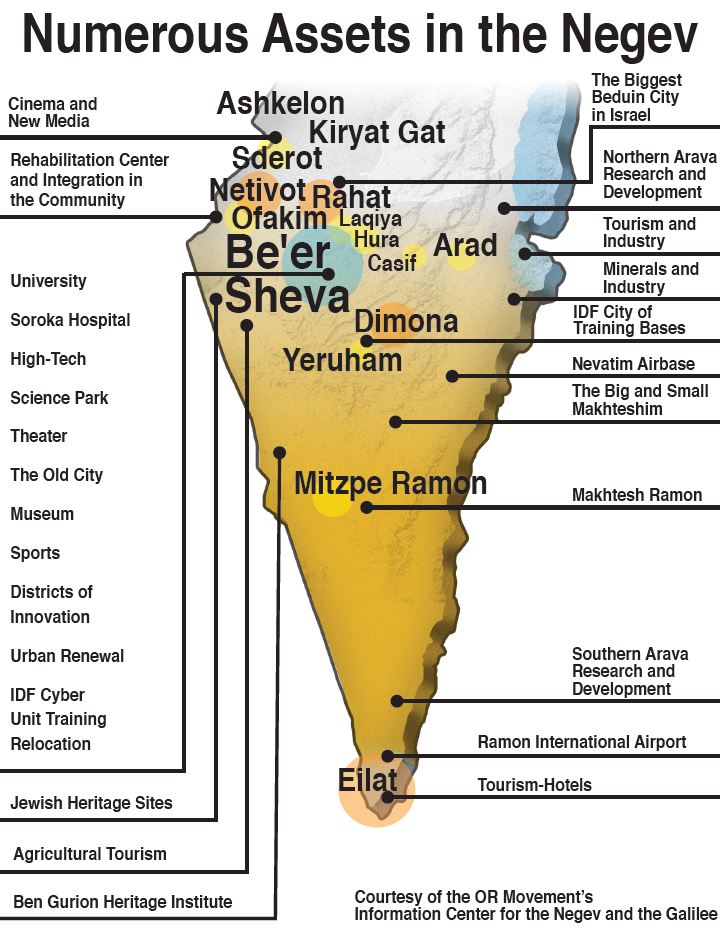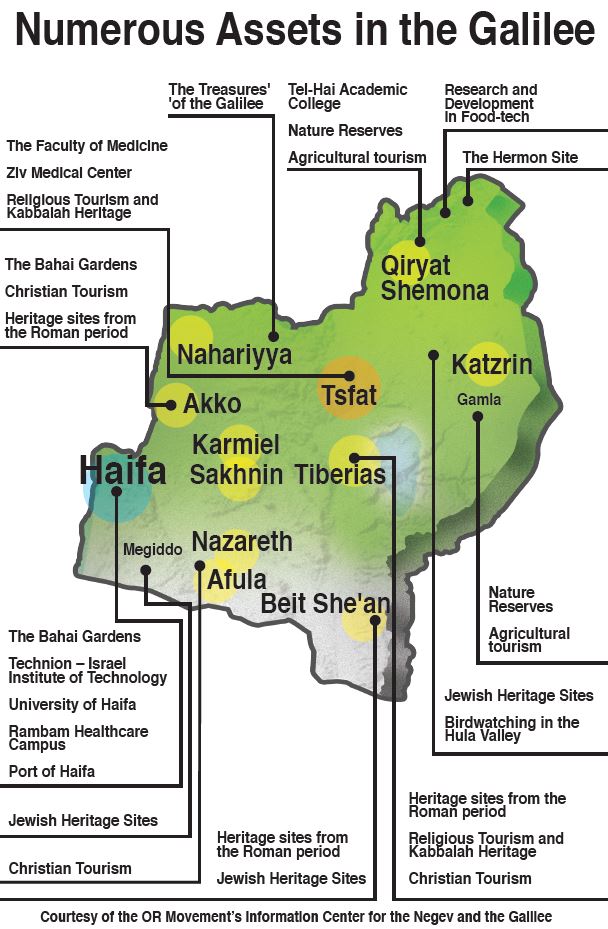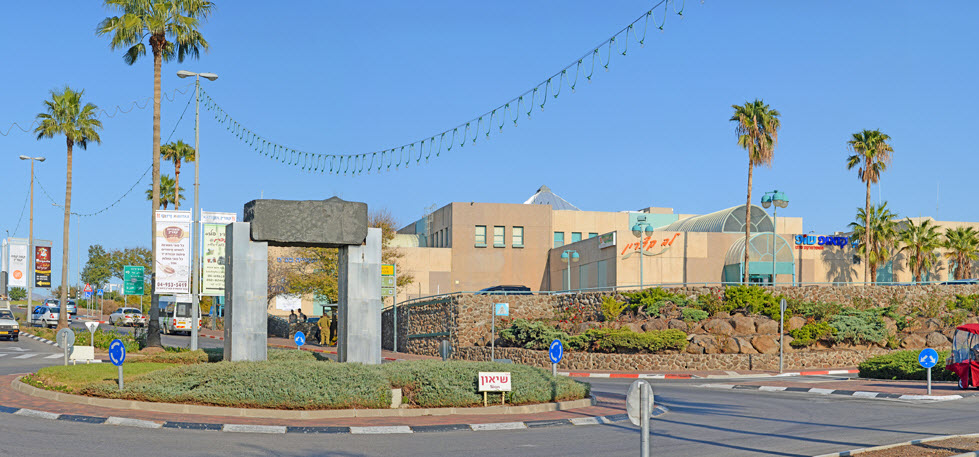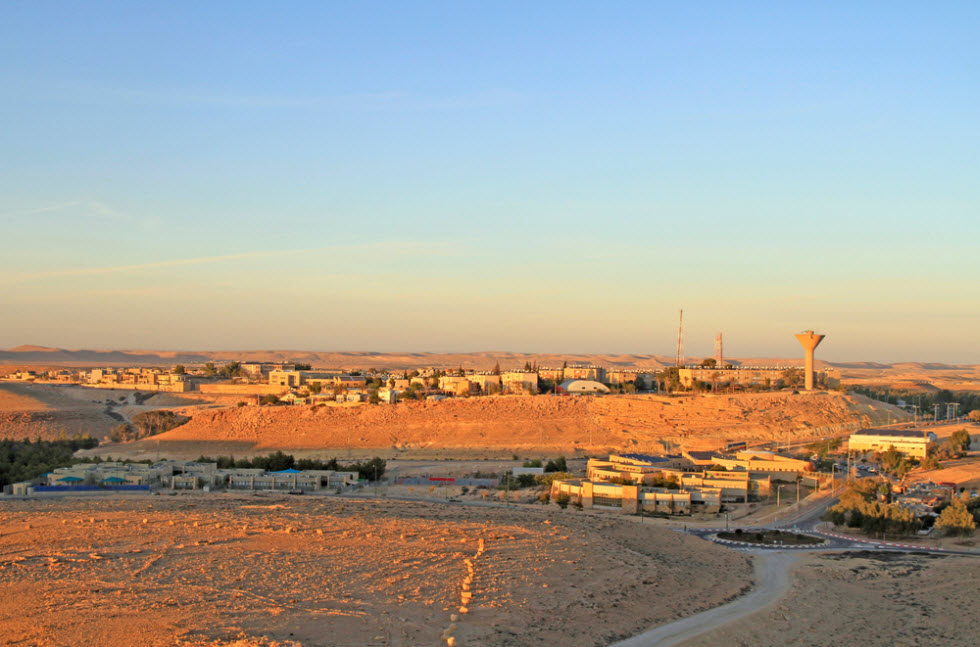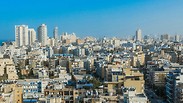
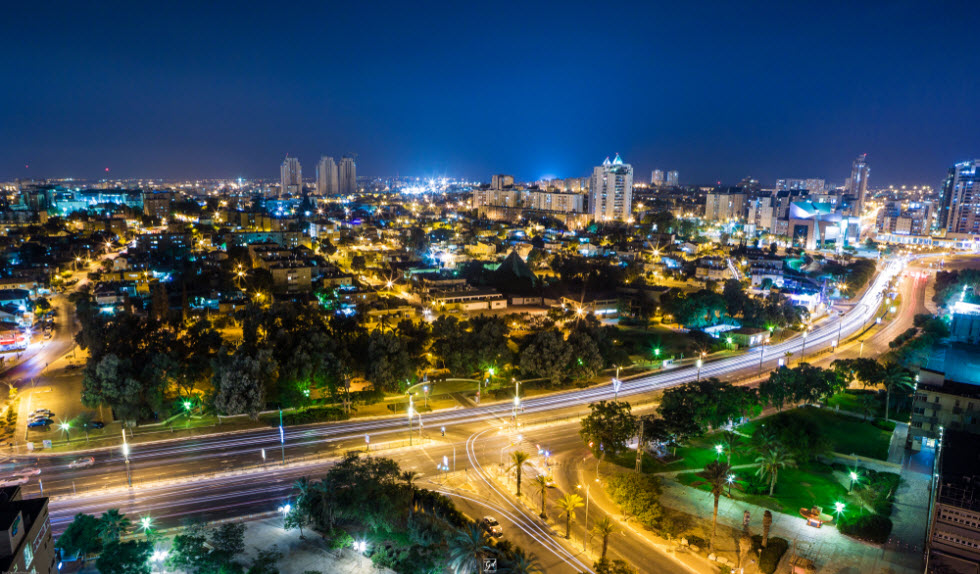
The War of Independence for the Negev and the Galilee
Current efforts focusing mainly on developing sophisticated transportation infrastructure in order to connect the periphery to the center are welcome, but actually perpetuate dependence on the center, preventing these areas from becoming independent regions
Israel has celebrated its 71st birthday, but in order to prevent the demographic catastrophe predicted for its centennial year, the Negev and Galilee must liberate themselves from their dependent relationship with the center of the country, and become independent centers. Israel 2048 – A Shared Future highlights a list of assets that will help the Negev and Galilee realize this vision.
Israel 2019, which celebrated its 71st Independence Day last week, is currently a strong, developed country: Start-up Nation with a flourishing, stable economy, a high per capita product and lower unemployment rate than other countries. However, this abundance is not evenly distributed among the citizens of the state. The economic growth is led by the central region, with an emphasis on Tel Aviv. The periphery – the Negev and the Galilee – lag behind.
The current efforts, which focus mainly on developing sophisticated transportation infrastructure in order to connect the periphery to the center, are welcome, but have an inherent danger: they actually perpetuate the dependence of the Negev and Galilee on the center, and prevent them from becoming independent regions.
The not-so-distant, foreseeable future is worrisome; Data from Israel 2048– A Shared Future project shows that if current demographic growth trends continue another 29 years, the population of Israel will double and reach approximately 17 million in the country’s centennial year - 2048.
The grim aspect of this prediction is that 13 million of these people will live in the center of the country, where they will suffer from unbearable traffic congestion, lost work hours to the point of damaging the Gross Domestic Product, and competition for workplaces that will increase unemployment. Meanwhile, only 4 million people – mostly from weaker populations – will live in the vast Negev and Galilee regions.
Israel does have a long-term plan, known as the “Housing Plan 2040,” developed by the National Housing Center. However, according to Uri Ilan, chairman of the National Planning and Building Committee in the Northern District, the plan deals with far more than housing. “The plan touches on all strata, from employment, infrastructure, reinforcing rural space, energy, water and countless other fields,” explains Ilan. “Tel Aviv is indeed Israel’s growth engine, but it's like a jumbo jet without wings. If the north and the south are not equally strong, it cannot exist. Therefore, it is in Tel Aviv’s interest to have two additional centers.”
This is the starting point for the Israel 2048– A Shared Future vision, led by the OR Movement, in cooperation with a large group of key people and organizations from all sectors. According to this vision, the State of Israel will define the Negev and Galilee as the future growth engines of Israel, and then follow a detailed plan of action to transform them into independent centers that are equal to the center, by 2048. If this is accomplished, the distribution of the population will be more appropriate and balanced, facilitating a higher quality of life for all residents of the country.

“We have the right, which is an obligation, to change the paradigm and create, together with all the residents, the next chapter in the story of establishing the State, and to allow a high quality of life for everyone, everywhere, in every field” explains Roni Flamer, CEO of OR Movement . “Israel’s independence will be realized when the Negev and Galilee become independent centers with quality housing, employment, health, education and culture. Centers of life that are inviting and attracting the younger generation that wants to participate in the ongoing creation of the State.” The goal according to Flamer, is for the Negev and the Galilee to be new centers, that parallel to the central region, and maintain a reciprocal relationship with it, rather than the dependent relationship to which the current solutions lead.
The Israel 2048– A Shared Future plan for Israel’s centennial year aims to have 3.5 million residents in the Negev, and another 4.5 million in the Galilee and Haifa. This distribution will be possible only if the Negev and Galilee are indeed centers in their own right. In order for this forecast to actualize, it is necessary to take full advantage of the existing assets and opportunities in each region.
For example, Be'er Sheva has about 200,000 residents, and current forecasts are that some 300,000 people will live there by 2048. The goal of the program is to turn Be’er Sheva into a central city with one million residents, based on, among other things, developing and strengthening the cooperation between its three leading institutions: Ben-Gurion University, Soroka Medical Center and the adjacent high-tech park.
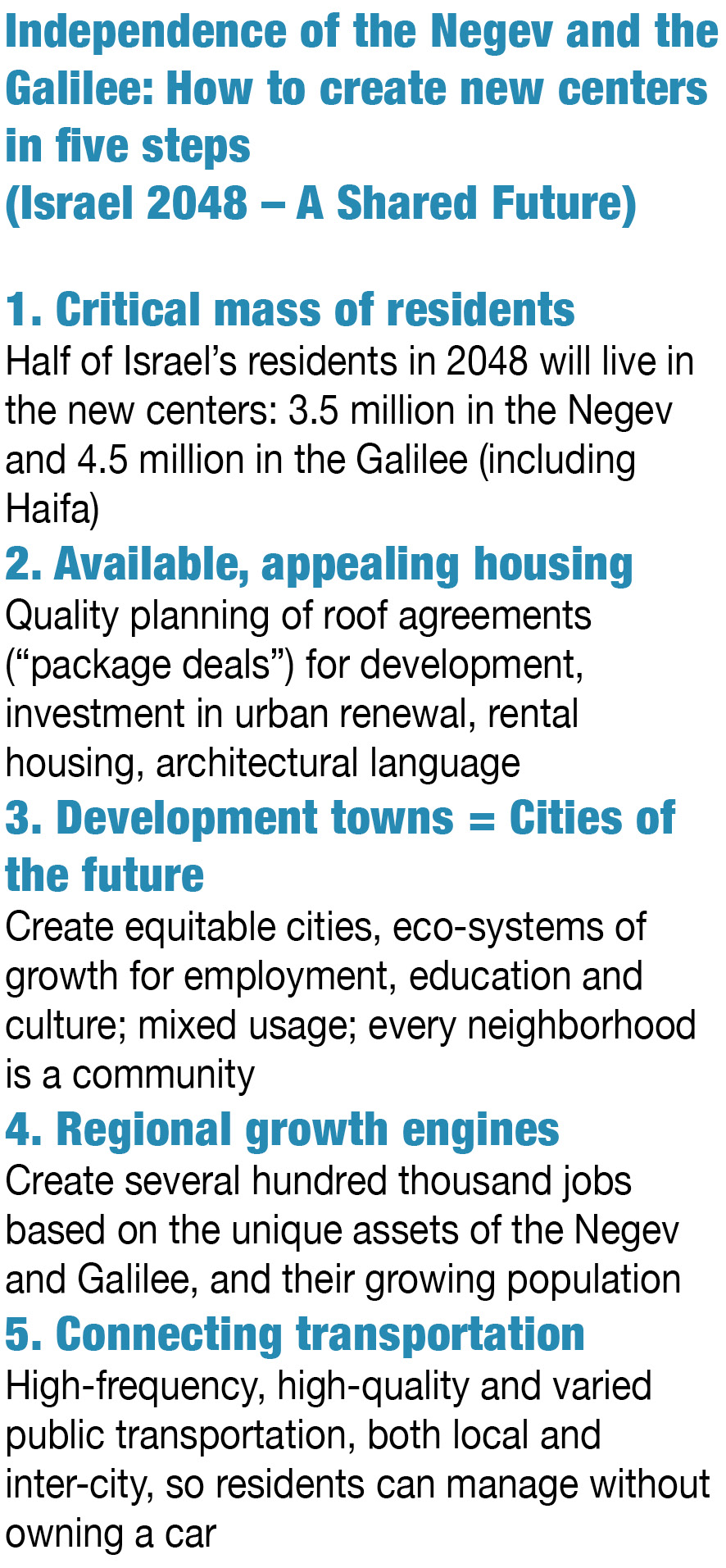
The other cities of the Negev, according to the vision, will house an additional 2.5 million residents thanks to construction of an international airport at Nevatim, which will provide many working places and lead to the development of tourism based on the unique character of the Negev, along with expansion of hotels and guest houses. The many land reserves in the Negev will also be used to establish logistical centers for varied companies.
“The independence of the south will be achieved first and foremost by turning Be'er Sheva into a large, prosperous metropolis that serves as an employment and cultural center for the entire Negev,” explains David Leffler, chairman of the Southern District Planning and Building Committee. “In recent years, the Negev has developed in extraordinary ways,” says Benny Biton, mayor of Dimona, who also serves as chairman of the Development Towns Forum, chairman of the Negev Development Authority, and chairman of the Western Negev cluster. “Cities like Dimona received budgets and made comprehensive changes. Young people want to stay, to return and to move there. Nonetheless, the Negev remains dependent on the center of the country.”
“We have the right, which is an obligation, to change the paradigm and create, together with all the residents, the next chapter in the story of establishing the State” Roni Flamer. (Photo: Dana Kopel)
According to the plan, turning the Galilee region into a center in its own right should also be accomplished by leveraging its enormous potential for tourism. “In the Galilee, which even today is called ‘the periphery,’ there are countless unique assets and opportunities for growth,” said Shimon Lankri, mayor of Acre, who also serves as chairman of the Galilee Development Authority and chairman of the Western Galilee cluster. “The Western Galilee, for example,” Lankri continued “is home to more than 600,000 people from different sectors; it is characterized by multiculturalism, and the entire world can come and learn from its model of coexistence, art and tourism, along with dozens of unique assets that can attract hundreds of thousands of residents, visitors and tourists.”
Mitzpe Ramon (Photo: Shutterstock)
Shai Hajaj, head of the Center for Regional Councils in Israel and head of the Merchavim Regional Council explains, “The Negev and the Galilee are comprised of many regional councils. Within the councils’ territories are assets that are unparalleled anywhere in the world. Flourishing agriculture that exports know-how around the globe, R&D centers, natural assets, quarries and more. All these constitute the foundation for growth that will enable them to develop as independent centers that drive the Israeli economy.”
In cooperation with Israel 2048– Shared Future















